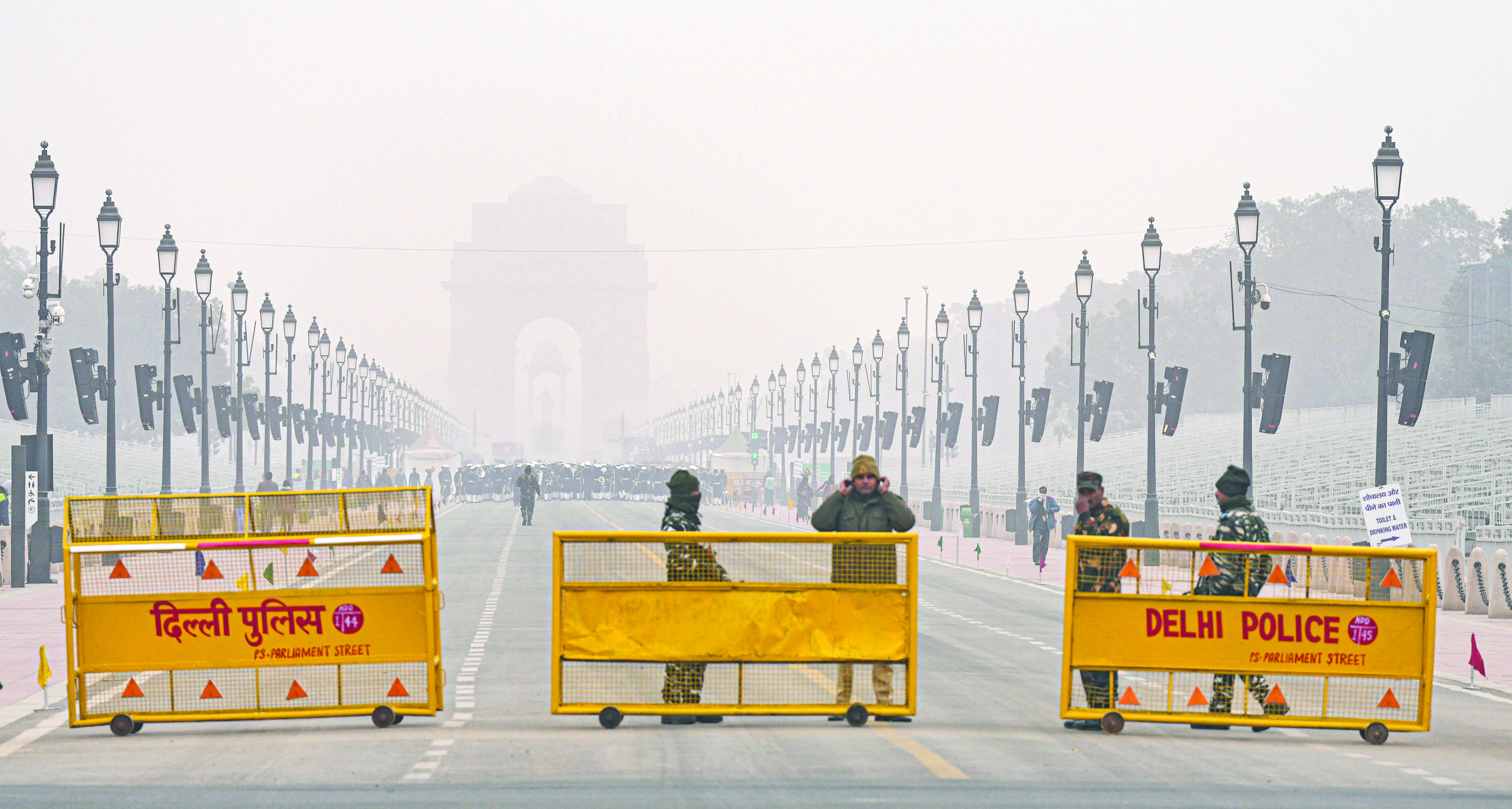Delhi govt chalks out 21-point Winter Action Plan

New Delhi: In a proactive response to the perennial issue of air pollution, particularly during the winter months, the Aam Aadmi Party (AAP) government has announced a robust 21-point Winter Action Plan.
Environment minister Gopal Rai presented the plan, emphasising the government’s commitment to ensuring a cleaner and healthier environment for the residents of Delhi.
The theme for this year’s campaign is “Milkar Chale, Pradushan Se Lade” (Let’s unite to fight pollution), a reflection of the collaborative spirit the government aims to foster among citizens. Minister Rai stated: “Due to the hard work of Delhiites and concerned departments, air pollution levels in Delhi have decreased by about 34.6 per cent. This time too, Delhi is fully prepared to tackle winter pollution.”
A significant innovation introduced this year is the use of drones to monitor pollution levels at 13 identified hotspots across the city. “For the first time, the Environment Department will use drones to monitor pollution at these hotspots. Drones will identify the sources of pollution, and actions will be taken accordingly,” Rai explained.
In addition, a six-member Special Task Force has been established, comprising officials from various departments including environment, transport, and traffic police, to monitor and manage pollution effectively. This initiative aims to facilitate a more organised and timely response to pollution incidents.
Rai highlighted that the Anti-Dust Campaign will commence on October 7, focusing on reducing dust pollution, particularly from construction sites. “All construction sites over 500 square metres must be registered on the Dust Control web portal for monitoring by the government,” he said. To ensure compliance with the 14-point Dust Control rules, 523 teams will be deployed for regular inspections.
In addressing vehicular pollution, the government will deploy 360 teams to enforce checks on vehicle pollution control certificates and to implement bans on older diesel and petrol vehicles. Rai emphasised: “Traffic police teams will be deployed on 134 congested roads to reduce congestion, and alternate routes will be suggested to the public.”
An urgent response measure involves the deployment of mobile anti-smog guns in November, operating in three shifts to combat rising pollution levels. “If pollution rises, 200 mobile anti-smog guns will be deployed,” Rai assured.The plan also includes measures to prevent pollution from agricultural practices, particularly stubble burning. The government plans to spray Pusa Bio-Decomposer for free on over 5,000 acres of farmland, which has previously shown positive results in decomposition of stubble.
“Milkar Chale, Pradushan Se Lade” initiatives will include the Harit Kalash Yatra, E-Vehicle Parade, and an Anti-Pollution March, aiming to engage citizens actively in pollution control efforts.Additionally, the relaunch of the Green War Room and the Green Delhi App aims to streamline pollution reporting and management. “The Green Delhi app has received 79,974 complaints, with 88 per cent of them resolved. We appeal to all Delhi residents to download the app and report any pollution-causing activity they observe,” said Rai.On the industrial front, all 1,959 registered industrial units in Delhi have been transitioned to piped natural gas to curb emissions. A dedicated inspection team will ensure compliance and tackle any unauthorised use of polluting fuels.
The government is also focusing on increasing green cover in Delhi, aiming to plant 6.4 million trees this year. “Delhi’s green cover has increased from 20 per cent in 2013 to 23.06 per cent in 2021, and we are committed to further enhancing this,” Rai noted.
The comprehensive action plan also outlines a strict ban on the production, storage, and sale of firecrackers in the capital, reflecting the government’s commitment to reducing air pollution.
Rai concluded by highlighting the necessity of collaboration across state lines, urging neighbouring states and the central government to join forces to tackle the pollution crisis. He said: “Almost two-thirds of Delhi’s pollution comes from sources outside the city. We need a unified effort to address this critical issue.”



